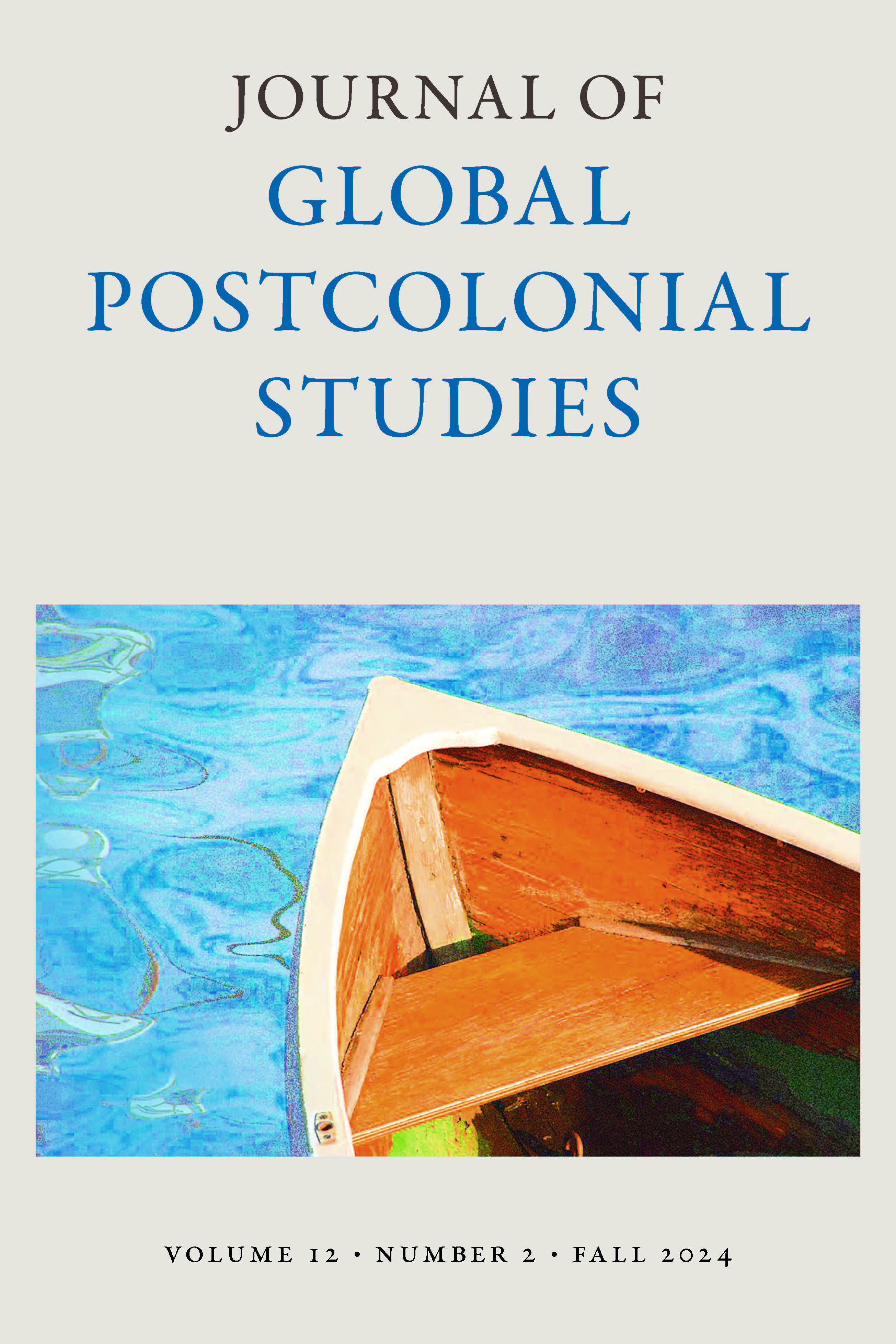Kanthapura as “India in Microcosm” in Raja Rao’s Kanthapura Contesting a Misreading
Main Article Content
Abstract
Against the backdrop of the Indian freedom struggle, Raja Rao’s Kanthapura touches on the psycho-spiritual idea of India in a rural setting through motifs and expressions such as “Gandhi,” “Congress,” “Mother,” “Vande Mataram,” and “a thousand pillared temple.” The Kanthapurians are psychologically conditioned to collectively participate in the freedom struggle through a nationalist discourse. However, their peculiar understanding of and attitude to the national movement are unique and do not represent the essence of the multifaceted Indian independence movement. The novel has a limited scope, and it, rather than representing India during the British Raj, mainly constructs an imaginary caste-ridden village. To interpret Kanthapura as “India in microcosm” is to overlook the fictional local/regional nuances in the text and to dilute the complexity of Indianness in favor of exaggerating the “nationalness” of Kanthapura. Kanthapura is a fictional village that appears to embody Ambedkar’s understanding of the Indian village rather than Gandhi’s.

